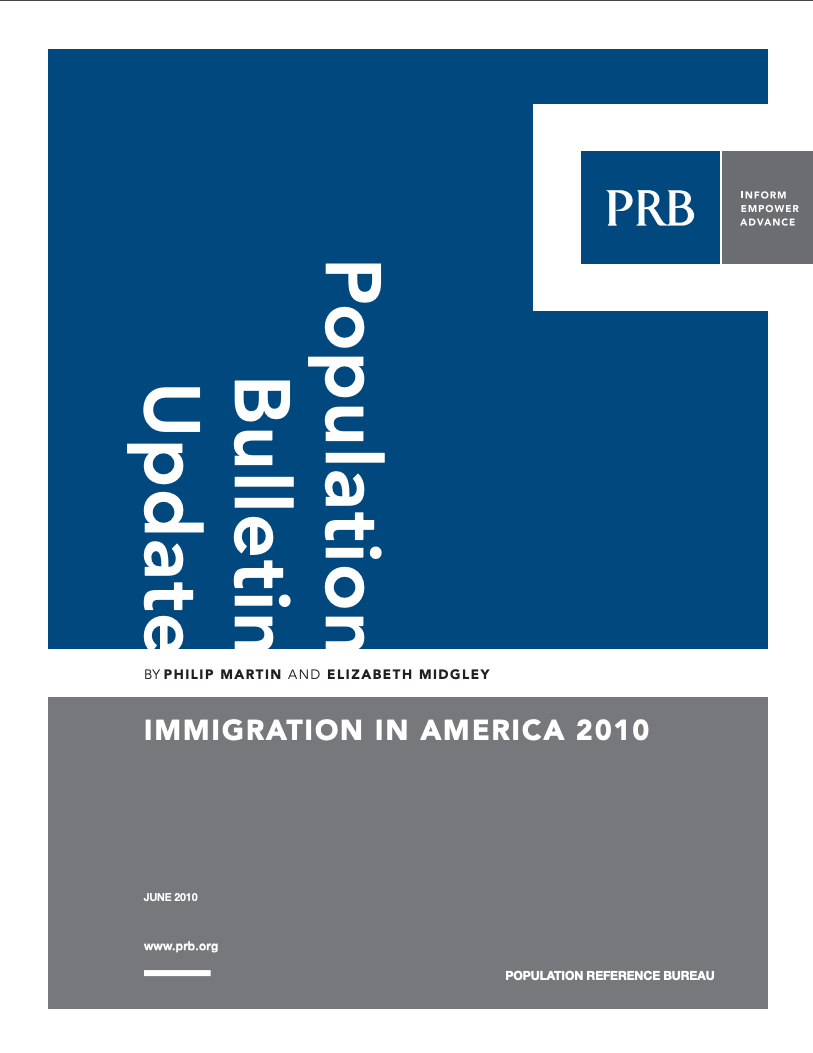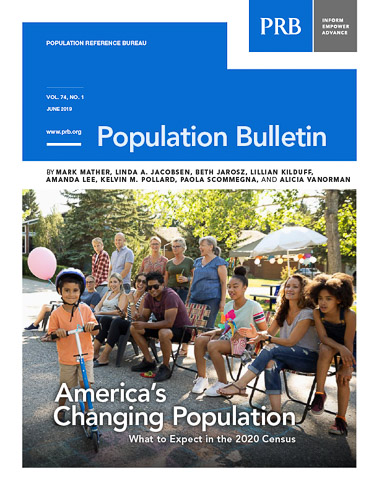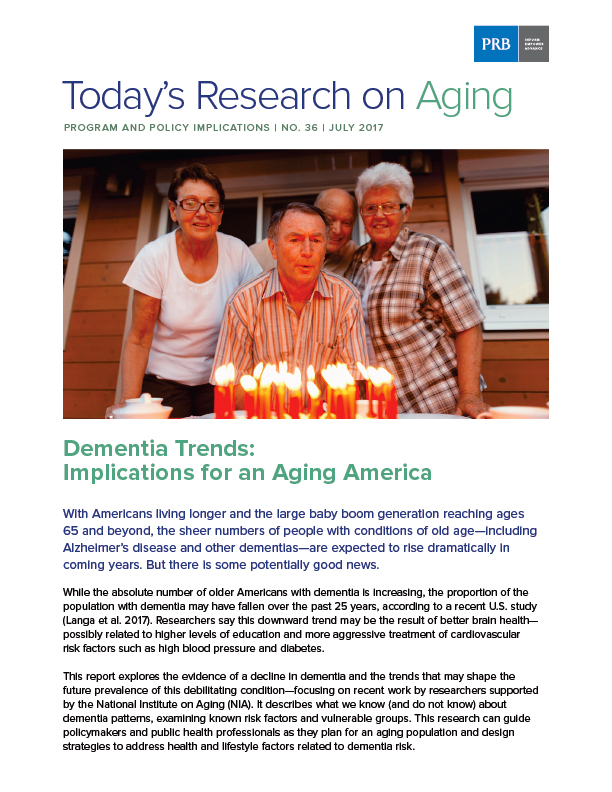An Improved State of Aging in America
Disability rates are down among older Americans, and more are managing daily life on their own with devices.

Disability rates are down among older Americans, and more are managing daily life on their own with devices.
(2002) New data from the U.S. Census Bureau show that 12.4 percent of the U.S. population — about 34 million people — were below the poverty level in 1999.* The data, which include the first information available from the 2000 Census long form, show wide disparities in poverty levels among states and local areas.
Project: IDEA: Informing Decisionmakers to Act
PRB’s World Population Data Sheet is an annual report on the world’s demographic, health, and environmental progress and challenges.


Faced with a deficit of nursing assistants and home health aides, rural areas lack the workforce they need for people to age in place, new research finds.

Population Bulletin 74, No. 1 This Bulletin provides a preview of 2020 Census results—identified through data from surveys, population estimates, and projections—and an overview of key population and housing trends.
(2008) Unauthorized migration is a major issue in the United States and many other countries, sometimes generating intense publicity and debate.

Project: Demography and Economics of Aging and Alzheimer’s Disease
Today's Research on Aging, Issue 36: This report explores the evidence of a decline in dementia and the trends that may shape the future prevalence of this debilitating condition—focusing on recent work by researchers supported by the National Institute on Aging (NIA).
(2002) There were 130 million people employed in the United States in 2000, not counting military personnel. Data from the Census 2000 Supplementary Survey show that 14 percent of the country's workforce reported that they were government employees at the local, state, or federal level (about 18 million people).